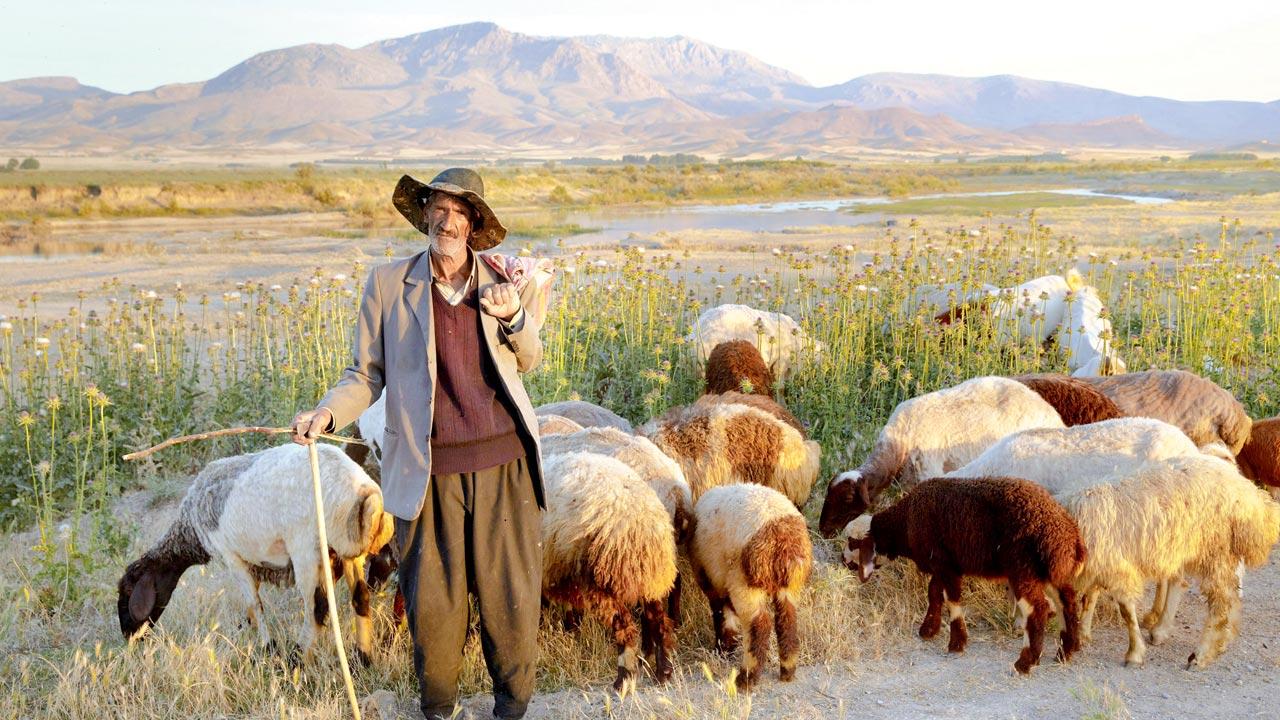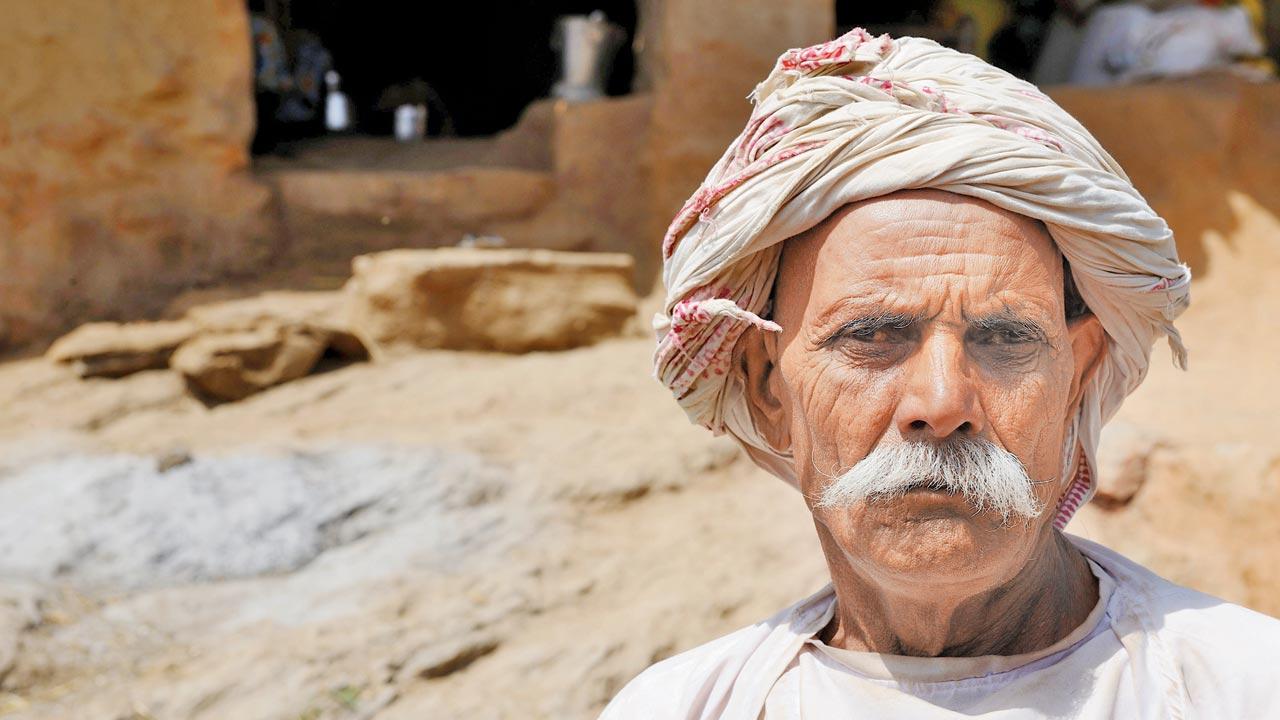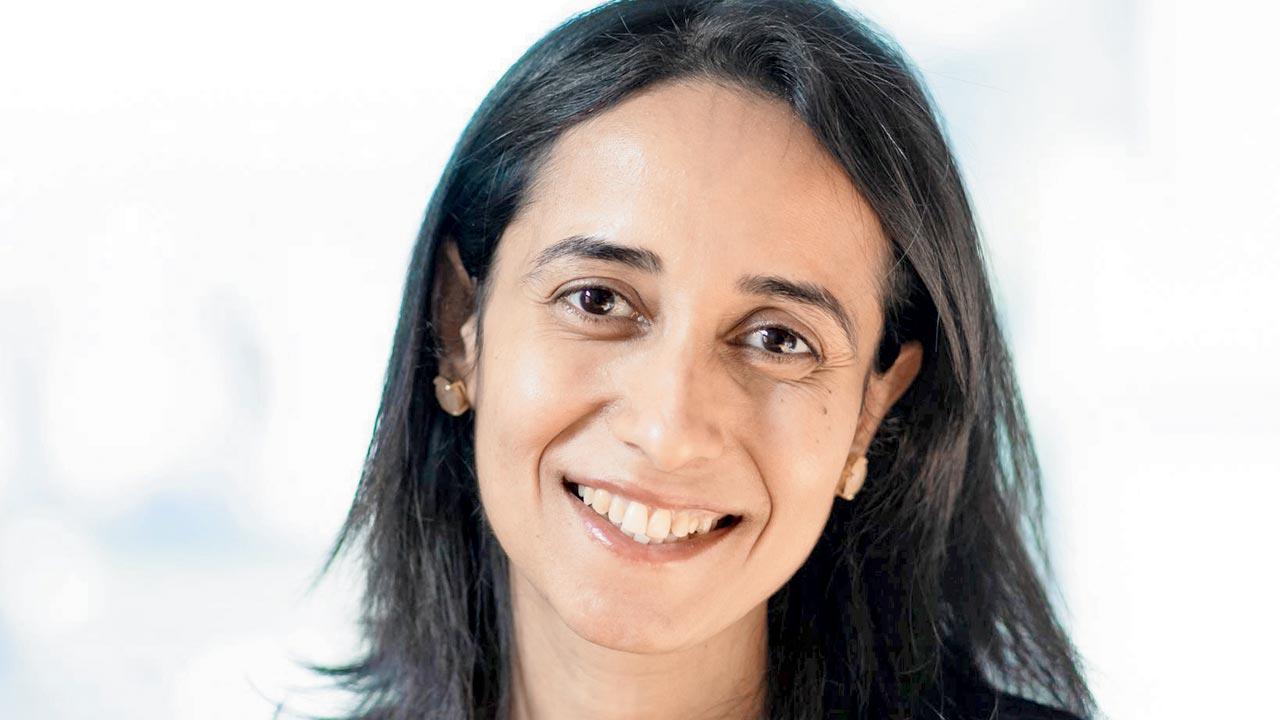A Mumbai native’s ambitious research into the DNA of present-day Indians traces our origins to Tajikistan’s Sarazm, with whom we shared trade relations

New research led by Dr Priya Moorjani traces the origins of present day Indians to Sarazm in Tajikistan. Representation pic
Where did we come from?” is a curious question that is pondered as much as the more fateful one, “Where do we go from here?” While some seek answers to these questions in spirituality, others turn to science. In early March, a research team led by a Mumbai native traced the origins of present-day Indians to Sarazm, an ancient site
in Tajikistan.
ADVERTISEMENT
The research, spearheaded by UC Berkeley’s Priya Moorjani, is said to be among the largest in its scope, in terms of the number of DNA samples analysed. “Our genome holds the story of our ancestors—it carries information about our parents, grandparents, and even ancestors from a long time ago,” Moorjani tells mid-day from California, where she is now based.

The assistant professor at the Department of Molecular and Cell Biology was born in Mumbai to two accountants. After completing a BE in Computer Engineering, Moorjani moved to the USA and did her Master’s in Bioinformatics and Genomics at the George Washington University in DC and then a PhD at Harvard. She went on to finish her postdoctoral training at Columbia University and started her own lab at Berkeley in 2018.
“In our study,” she says, “we examined DNA from 2,700 people from India, including most geographic regions, speakers of all major languages, and tribal and caste groups—providing a comprehensive survey of genetic variation in the country. We sequenced their whole genomes and then compared these sequences to people living in other parts of the world, as well as ancient DNA samples, including Neanderthals and Denisovans.”
 Dr Moorjani’s research has also confirmed previous discoveries linking Indians to Iranian farmers of yore. Representation pic/Getty Images
Dr Moorjani’s research has also confirmed previous discoveries linking Indians to Iranian farmers of yore. Representation pic/Getty Images
The Denisovans are an ancient Paleolithic species, named after the Denisova cave in Russia, based on the fossils and sediments found there and their genetic analysis. Further research established that Neanderthals and Homo Sapiens also lived in this cave at different times.
Moorjani’s study confirmed what we already know: previous findings about how most Indians derive their ancestry from three groups related to ancient Iranian farmers, Eurasian Steppe pastoralists and South Asian hunter-gatherers. More importantly, the research was able to trace the origins of our Iranian farmer ancestors all the way to Sarazm, a place whose name literally means “where the land begins”. Now a UNESCO World Heritage site, it dates back to the fourth millennium BCE and is regarded as an important repository of information about the development of trade and cultural interchanges in Central Asia.
 Dr Priya Moorjani
Dr Priya Moorjani
“We found a common source of Iranian-related ancestry from the early Neolithic cultures of Sarazm into the ancestors of ancestral South Indians, ancestral North Indians, Austro-Asiatic-related and East Asian-related groups in India. What was very interesting to us was that archaeological studies have also documented trade connections between Sarazm and South Asia, including connections with agriculture sites of Mehrgarh and the early Indus Valley Civilisation,” says Moorjani.
Moorjani is also fascinated by a new discovery: that a majority of Neanderthal ancestry is found in India, as compared to other populations worldwide, which only retain a subset of this variation today. “Indians also harbour the diversity found in most Denisovan ancestry. This suggests that Neanderthals and Denisovans may have lived in India,” she states.
Based only on genome sequencing, Moorjani and her team were also able to pinpoint that most of the genetic variation in Indians today stems from a single major migration out of Africa that occurred around 50,000 years ago, with minimal contribution from earlier waves of migration. “I find both the findings of Sarazm as the source of Iranian-farmer ancestry, and the large diversity of archaic ancestry in India to be very exciting. This shows how dynamic our past was and how people from different regions and groups like archaic and modern humans had contact and connections with each other. And the footprints of these events are hidden in our genomes,” she says.
Speaking about the research methodology involved, Moorjani tells us that some of the samples analysed in the study were from a larger set collected in 2021 by an Indian government-sanctioned study. The Longitudinal Aging Study in India—Diagnostic Assessment of Dementia (LASI-DAD) was a population-based prospective study of ageing and its effects on social, health and economic well-being. The rest were ancient DNA samples from previous studies.
Did the research make her miss India, we ask. “Well, I grew up in Versova. I love Indian street food and I do miss Aamchi Mumbai,” she says as she signs off.
27k
No. of Indians whose DNA was examined
 Subscribe today by clicking the link and stay updated with the latest news!" Click here!
Subscribe today by clicking the link and stay updated with the latest news!" Click here!







